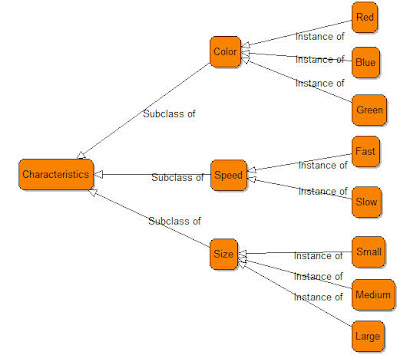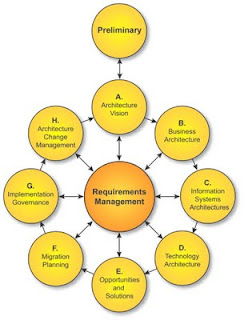About knowledge modelling: attributes
We have looked at:
- Thematical models
- Taxonomies / concept models
- Composition models
A fourth model is called the Attribute model. An attribute model shows attributes and values: colors, specific characteristics, etc. An example is shown below:

With the attribute model we can describe all possible characteristics of a product range and link them to the actual products. This makes it possible to make an overview of all variations within a productrange. The models can help us choose between products.
Example: You call the service desk of the manufacturer of your TFT screen
Service desk employee: "Do you know the exact product type?"
You: "I am not sure, I could not find the product tag. I bought it in 2006"
Service desk employee: "Does it have a silver front or a black front?"
You: "It has a silver front"
Servce desk employee: "What color is the Power indicator?"
You: "It is red"
Service desk employee: "You have the SW457"
The Service desk employee can now open the specific information for this product type. When we use the same principle on a web site, we can help our users determine which type of product they have and lead them to the information they need.


Comments